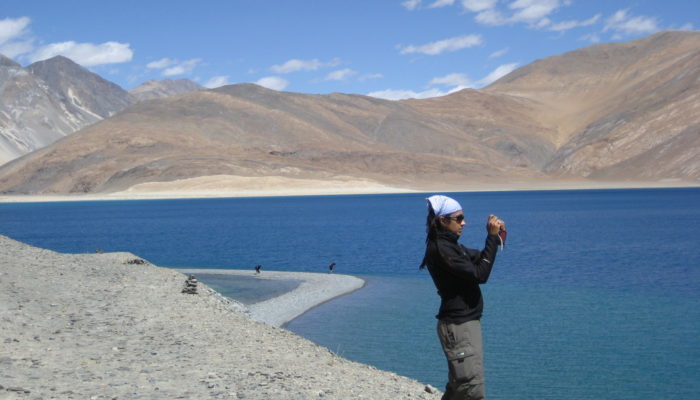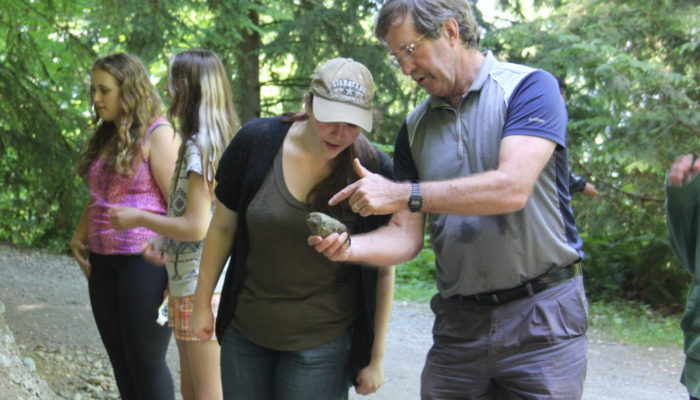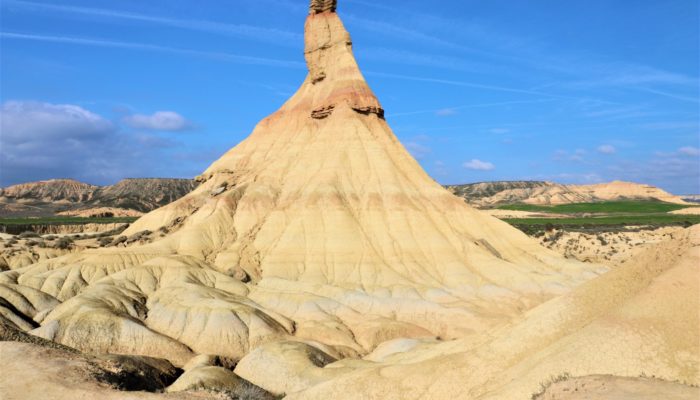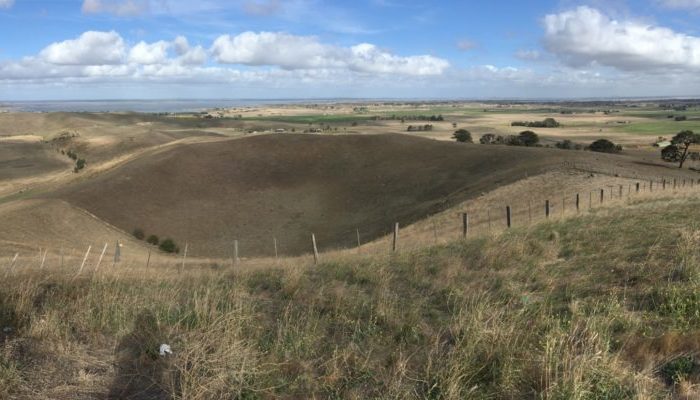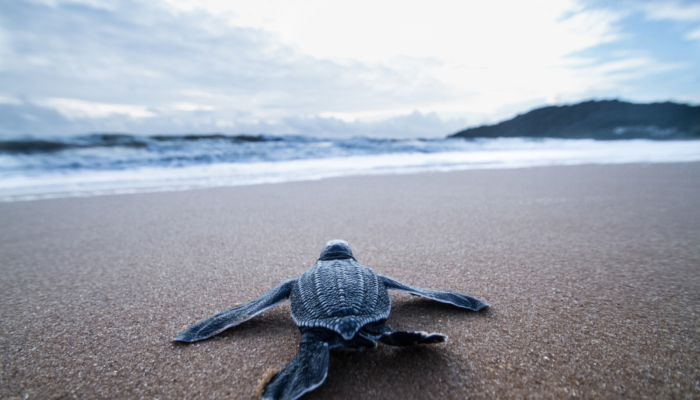Have you ever read a paper and thought “Why didn’t I find this 3 years ago?!” ? Did you stumble upon TS early-career scientists or colleagues who are unaware of seminal or fundamental (old and new) articles? Or are you simply willing to give some good reading advice about tectonics and structural geology? IF YOU ANSWERED YES AT LEAST ONCE, THEN THIS IS FOR YOU! What’s t ...[Read More]
Geodynamics
Top 5 geodynamic movies to watch during lockdown
Now that the craziness of the first online EGU ever is over (it was great, wasn’t it?), it is time to sink back into our lazy lockdown routine. Essential part of this routine? Watching bad science movies of course! So here is the top 5 geodynamic movies you should watch this lockdown! Get some popcorn, video call some friends, and laugh while all the geodynamic principles you hold dear are b ...[Read More]
Geology for Global Development
Environmental Symphonies
Unlike the more typical content, this blog post does not consider our earth’s environment as a challenge to overcome, or a risk, but guides us in using its landscape as a mental resource. Join Cecilia in her reflections on the landscape of Mount Fuji and let her help you to access the wonders of nature indoors. Take a moment to think about a piece of artwork that speaks to you. A piece that ...[Read More]
Seismology
Representing the Possible: Alka Tripathy-Lang
Alka Tripathy-Lang is a freelance science writer based in Chandler, Arizona. She writes mostly about geohazards and creative ways to apply seismology to the world around us. What is your story, Alka? Why geology? When I was a little girl, I was fascinated by rocks and fossils. I told anyone who asked that I wanted to be a geologist when I grew up. However, in the throes of my teenage years, ...[Read More]
Natural Hazards
NH medallists Episode II – John Clague & his passion for Natural Hazard
In today’s interview, we talk with Prof John J. Clague, who was awarded the 2020 Sergey Soloviev Medal for his remarkable scientific contributions in fundamental and applied research on earthquakes, tsunamis, outburst floods and landslides, directed towards risk reduction for the benefit of societies. Hi John, can you please briefly introduce yourself, telling your main research focus and wh ...[Read More]
GeoLog
Imaggeo on Mondays: Striking erosion in the Bardenas Reales
The Castil de Tierra has become the symbol of the Bardenas Reales region which is geographically located in the south-eastern margin of the Navarra Province in northern Spain. The Bardenas Reales is a semi-desert natural region situated in the middle-western sector of the Ebro depression. The geology is made up of Tertiary and Quaternary sediments. Rainfall events, wind and high temperatures enhan ...[Read More]
Tectonics and Structural Geology
Features from the field: Volcanic rocks and landscapes
This edition of ‘Features from the field’ is brought to you by Sandra McLaren, a senior lecturer at the University of Melbourne. She will be talking about the volcanic activity and rocks in the Tower hill complex in Australia. Volcanic activity is one of the most spectacular manifestations of our tectonically active planet. Volcanic eruptions can be highly dangerous when they oc ...[Read More]
GeoLog
#shareEGU20: Science through Lego photography!
During the week of #shareEGU20 we were very fortunate that both of our Artists in Residence, Stacy Phillips and Priyanka das Rajkakati agreed to participate virtually. We will feature some of Priyanka’s work in a later post, but in case you missed it during the week we wanted to share some of Stacy’s photography, to perhaps give you some ideas about how you can represent, communicate a ...[Read More]
GeoLog
Epic Journeys: New insights into wildlife and human migrations
Many wild animals make extraordinary long-distance journeys, whether by land, by air or even by sea. Ancestral, and even some modern, humans have likewise undertaken equally impressive odysseys across and between continents. In order to highlight these “epic journeys,” four different research projects were presented during an EGU press conference held on Wednesday. During the virtual presentations ...[Read More]
GeoLog
#shareEGU20: #shareEGUartKIDS Hall of Fame – Volcanic Paint 2020!
The EGU Kids Art activity normally happens in person in the creche at the conference centre during the general assembly (GA). We decided at the GA last year that the theme would be Volcanic Paint! Maike and I decided to move the activity online to hopefully bring a smile to a few of your faces – I know it has been bringing a smile to my face every day for the last week or so. We wanted to share as ...[Read More]




